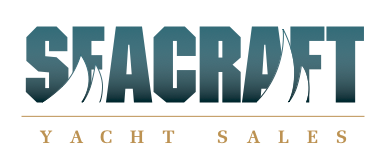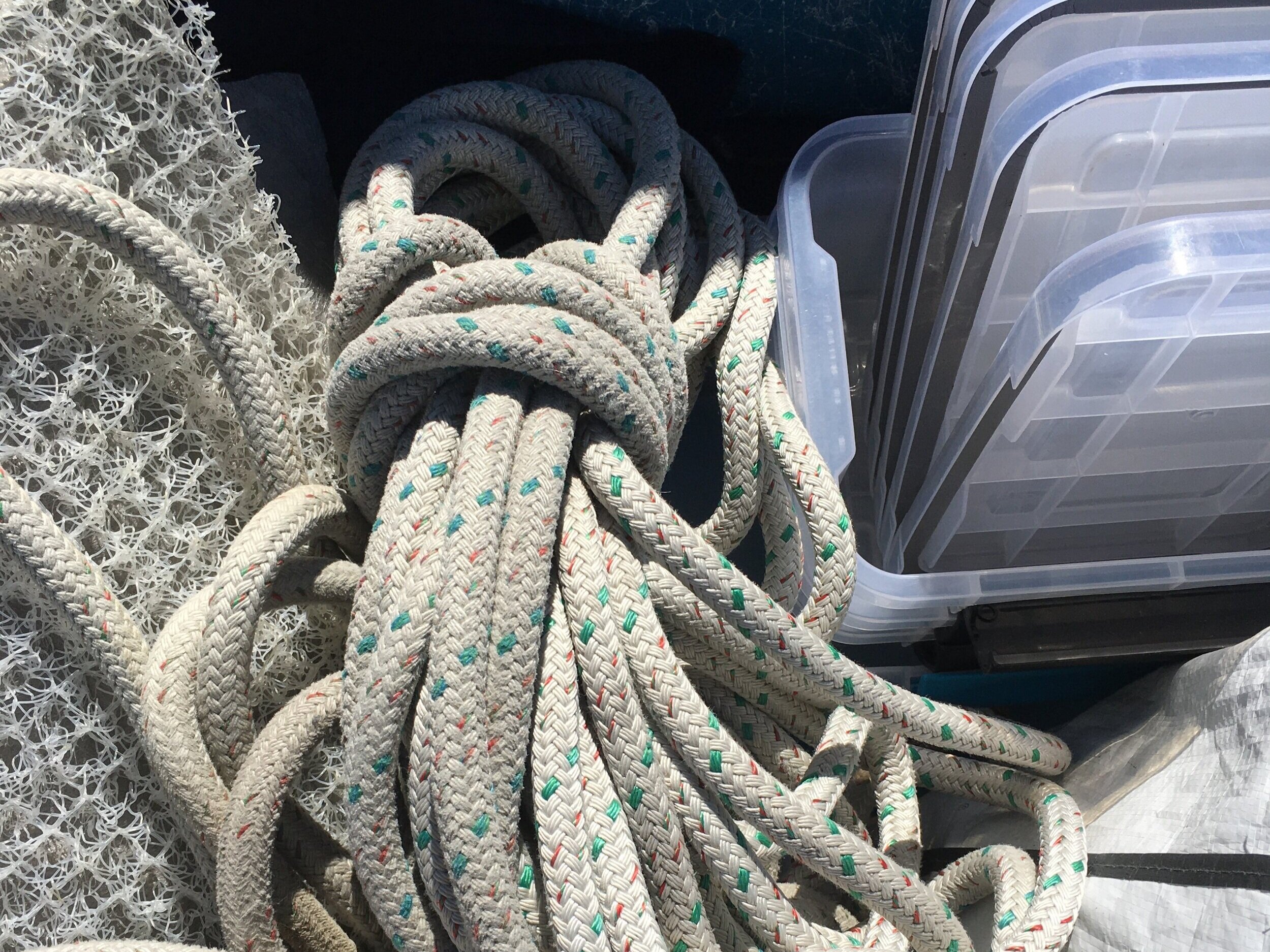Earning Income While Boating Full-Time
/By Kit Case
Not every boater is retired. Many of us are still working, and need to keep doing so, at least in a limited capacity. Working from home can be quite feasible from a boat, allowing you to earn income while living aboard. Especially with the impacts of the pandemic, many people are now able to work from home. Hopefully, the future will allow us to retain some level of working from home even after the worst of the pandemic is behind us.
During our 5-Year Plan, I was able to work part-time/all-remote for my employer, a small law firm where I have worked for a very long time. I kept a portion of the duties I had performed for years that could easily be done remotely. I handled the firm’s advertising, managed their web presence and maintained their blog. My part-time work provided a small bit of income but, more importantly, I was able to retain access to health insurance for my husband and me. Covering this expense was critical in our ability to financially swing the 5-year Plan.
We did not do anything fancy to provide internet access - no signal boosters or satellite connections. We had cell phone service through T-Mobile, which provided us with fairly good cell access with reasonable data allotments, particularly while in the US. We hot-spotted from our phones to our laptops for connection. When we sailed into Canadian waters, we were usually able to stay within the allotted data limits but, if not, we could add data extensions at a reasonable cost. Some employers may be willing to pay for this type of expense. We did not pursue that option because we knew we would be using a fair bit of data for ourselves, maybe more so than for work.
Working aboard, with coffee and a blanket on a chilly morning.
I often was able to participate in phone conferences while we were on the hook. I once took a call from an advertising rep while out in the kayak. It was a nice place to pause. I found that the people I worked with, inside my firm and out, were not only understanding of the limitations or delays I might encounter in communicating with them but were tickled at the unique circumstances I presented. It was a great ice-breaker to say to a client, an ad rep, or anyone else, that I was calling from my sailboat in [enter harbor name here]. They loved it, almost as much as me.
Planning ahead to stay in anchorages with good cell service when it would be needed was tricky because we were aboard a sailboat, and we preferred to be sailing while underway. Timing the movement of the boat via wind power added a pleasant complexity to the game.
Most of my work could be done offline, then uploaded when I had a good signal. For phone conferences, video meetings or internet-intensive work, I tried to schedule events to coincide with needed marina stays. The best plan involved doing laundry in a good wifi zone, while Roy did the provisioning. That’s my kind of multi-tasking.
A list of some of my favorite spots with good cell signal and/or wifi in the Salish Sea can be provided, if you’d like a copy for future reference. Send me a note at kit@seacraft.com if you’re interested. I would be happy to discuss working from a sailboat with you!














